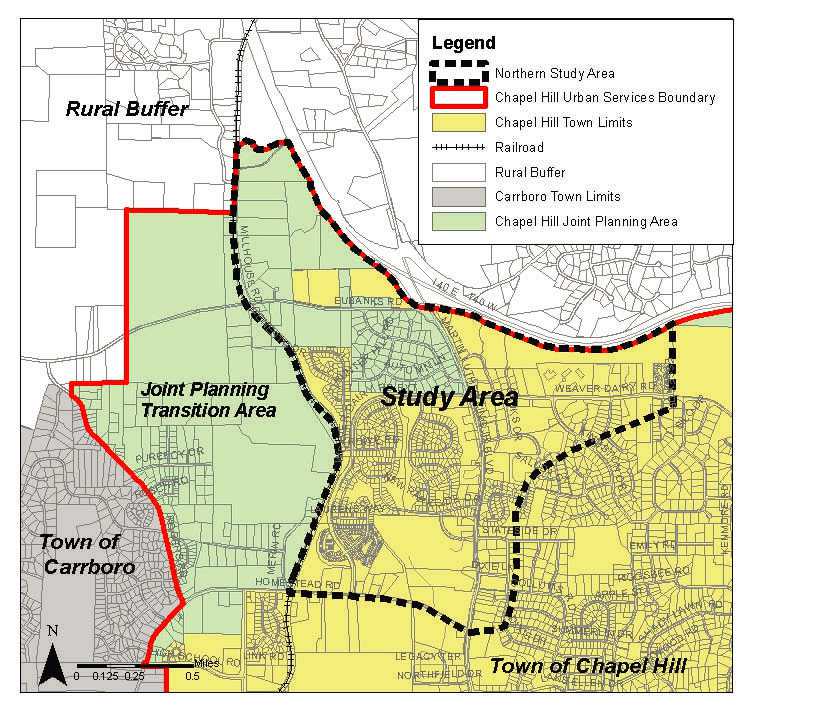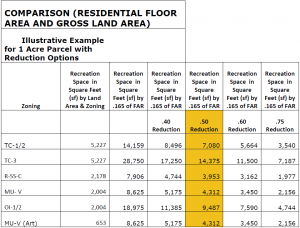Before we got started there were a few issues to address involving recruitment of a diverse membership to reflect both the concerns of the business community and the community as a whole. After settling on over 20 members, we began to work on a fairly ambitious task – to create a framework for making reasonable decisions on beneficial growth over the next 10 years.
The last few months the SCVTF worked diligently to create a set of principles that will inform our final work product. In the last few weeks, though, concerns about how to address issues raised as long ago as last Spring, once again surfaced.
Four members, Amy Ryan, Del Snow, Madeline Jefferson and myself, submitted the following letter to the committee as a whole this evening outlining not only our concerns but some proposals to more effectively, efficiently and energetically move forward with the task at hand.
March 8, 2010
Members of the Sustainable Community Visioning Task Force,
When the task force was convened last summer, we were united in one thing: our willingness to commit a significant amount of time and energy to the task of ensuring that the future development of Chapel Hill would proceed in a positive and equitable manner. We all see the importance of providing citizen guidance to town staff, review boards, and local developers for managing the successful growth of our town.
As was made evident at the last meeting, there is a group of task force members who are concerned with the direction our work has taken and feel that our mission is being compromised. We would therefore like to take this opportunity to state our concerns in detail and propose an alternative to the process currently under way.
Our concerns with the current process fall into four specific areas:
1. No opportunity to look at the big picture
By focusing first on individual key areas in town that are likely to develop, we will not be looking at the town as a whole, as we were charged to do, and will not be able to see the cumulative impacts of our recommendations.
Unless we spend many meetings looking at every key area (which the task force seems disinclined to do) and then assessing the cumulative impact of all of them together, under the current plan we will have no way of determining whether our recommendations are reasonable, equitable, or practical for the town as a whole.
2.No specificity
The current Comprehensive Plan does an admirable job of providing general guidance for the development of Chapel Hill, but many of its provisions and recommendations are vague enough that they can be used to justify a broad range of development options, some less desirable than others. The task force’s set of guiding principles, while useful as a general statement of our vision, do not make any progress toward offering more specific, concrete guidelines for the town and local developers.
We agree that it is not the SCVTF’s job to create detailed small area plans, nor do we feel that such exercises are a particularly effective way of guiding real world development. Rather, beginning with the principles’ general vision for the town’s development, it should be the task force’s goal to provide leadership in guiding the town to begin developing specific, context-based guidelines for future development.
3.No acknowledgment of constraints
As the process is currently constituted, there is no mechanism for the task force to acknowledge and plan for factors that will limit the town’s development. The school district has confirmed that we are running out of sites in town for building new schools; the resources of our local watershed are finite; we can add only so many more cars to current roads before quality of life deteriorates; like all communities we have a responsibility to work toward sustainable resource use.
Phil’s “Where Do We Go from Here†memo of 3/9/10 (PDF) states that our charge is “recommending what kinds of growth and where growth can occur if it does occur, not whether growth should occur, or how much or how little.†While none of us are in a position to predict the future, we also can offer no meaningful guidance to growth without accepting and working with at least some general parameters of how much growth is expected, responsible, and desirable. We were charged by Mayor Foy to “challenge all assumptions,†not to work without any assumptions whatsoever.
4. No plan for iterative community input
In our discussions at the beginning of our tenure, the group was strongly in favor of obtaining community input that would provide feedback on our work along the way.
Until Phil’s 3/9 memo, the task force had not been informed of any plans for eliciting community opinion on our recommendations before our report goes to council. If the goal of a May report to council still holds, we question whether there is time for steps 3 and 4 of Phil’s plan to be implemented and incorporated into our report.
For our work to succeed, it must be “owned†not just by us, but by the community as a whole. Adequate time for public input on the guiding principles, hierarchy of trade-offs, and vision for all key development areas is crucial to making this happen.
Given these concerns, we would like to propose modifications to the plan of the task force’s work as we carry forward:
1. Spend one or two meetings on a Reality Check exercise
Given high and low estimates of population changes anticipated in Chapel Hill, along with accepted formulas for calculating expected demand for schools, commercial space, water, etc., it should be possible to form rough estimates of how many square feet of new residential, commercial, and civic space the town will require and can support. The task force could then spend one meeting in small groups deciding how this growth could be logically allocated throughout town; another meeting would allow reconciliation of the groups’ visions into a single task force plan, which town staff could review for conflicts or other problems.
This step would allow us to address big picture issues while avoiding hours of extra meting time looking at each small area in detail in order to build a picture of the cumulative development effects. It would also allow us to work within our development “budget,†accommodating constraints and planning for the town’s future needs. The resulting map would also provide a clear object for testing against the task force’s guiding principles.
2.Conduct character-based small-area development studies of one or two key neighborhoods
Using the information obtained from the Reality Check exercise, the task force could take the development allocated to one or two specific areas and take a close look at how best it could be accommodated.
The product of such a study would be a clear statement of the current neighborhood character, identification of opportunities for development and important elements to preserve, guidance for reconciling expected conflicts and making trade-offs, and specific examples for developers and town staff and boards on what kind of development would be appropriate.
Ideally, this exercise would be a quick example of a more in-depth process that the town would ultimately conduct in each neighborhood in town where significant development is likely to occur.
3.Plan for community input
It is vital to provide enough time for citizens to review and comment on the task force’s work as it progresses. Key elements for review would include (1) our refined list of guiding principles (after we have tested them in one or two small areas); (2) our map showing general allocation of development across the town from the Reality Check exercise; and (3) our recommendations for the select key areas we study.
When the town moved forward to develop in-depth neighborhood plans, it would obviously be crucial to get citizen input about how they see the neighborhood, what is lacking, what development works, and what doesn’t. This information would be the basis for the work of whatever group was charged with carrying this work forward.
While all members of the SCVTF may not have the exact same vision for Chapel Hill, we are united in our concern for the town and its future. It is time for us to be united in framing and agreeing to the process that will carry us forward. At the end of our tenure, we should all agree that we have produced a product that will identify the principles we hold in common, help us preserve what we value and improve what is falling short, and provide useful guidance for the town as it grows and develops. The process we have outlined above can be accomplished efficiently, will produce more useful guidance for the town, and will provide the basis for developing the specific development vision and guidelines the town so urgently needs.
Signed,
Amy Ryan
Del Snow
Madeline Jefferson
Will Raymond
cc: Garrett Davis
Phil Boyle
Mayor Kleinschmidt
SCVTF mailing list



